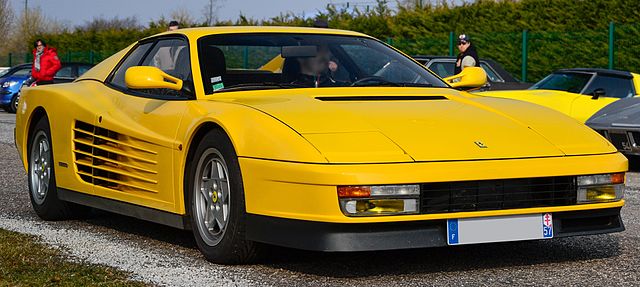
The Ferrari Testarossa is an emblem of automotive design and performance that defined an era of supercar excellence. Launched in 1984 and produced until 1996, the Testarossa captured the imagination of car enthusiasts worldwide with its striking aesthetics and impressive engineering.
This article delves into various aspects of the Testarossa, from its inception and design to its performance and legacy, providing a comprehensive overview of one of Ferrari’s most iconic models.
Introduction to the Testarossa
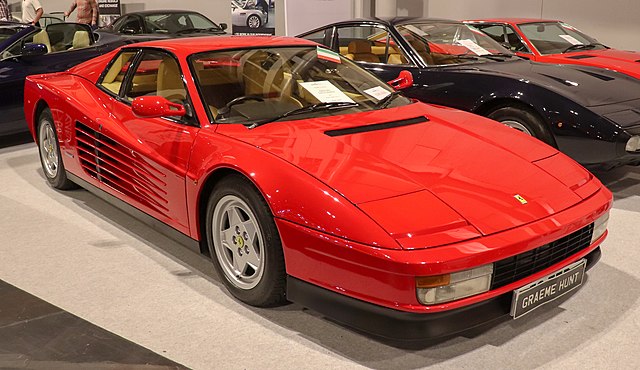
Origins and Development
The Ferrari Testarossa was developed to replace the Ferrari 512 BBi, with the primary aim to improve both performance and driver comfort. The vehicle’s development focused on addressing the shortcomings of its predecessor, particularly in terms of cabin heat and usable trunk space.
Ferrari’s engineers set out to create a car that was not only faster but also easier and more comfortable to drive over long distances.
Design and Styling
Penned by the renowned design house Pininfarina, the Testarossa featured a dramatic departure from the curvaceous lines typical of Ferraris of the earlier decades. Its design was distinguished by sharp angles, a wide stance, and the instantly recognizable side strakes that spanned the doors to the rear fenders.
These strakes were not just stylistic; they served a practical purpose by channeling air into the side-mounted radiators, helping keep the engine cool.
Launch and Reception
The Ferrari Testarossa made its debut at the 1984 Paris Auto Show, where it instantly became a sensation. The public and critics alike were enamored by its futuristic design and the promise of unmatched performance. It not only exemplified the excess of the 1980s but also set new standards for supercars in terms of both design and functionality.
Performance and Specifications
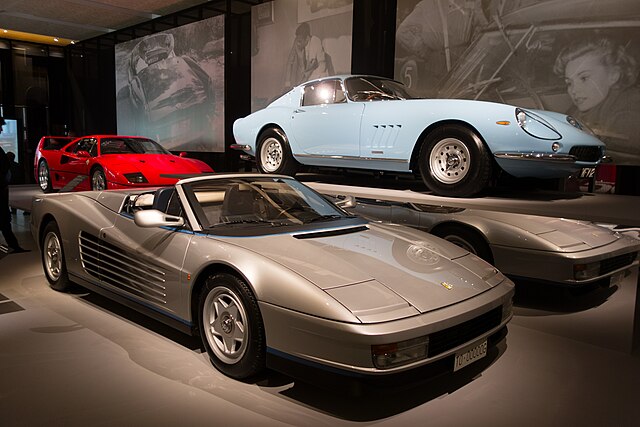
Engine and Power
At the heart of the Testarossa lay a 4.9-liter flat-12 engine, an engineering choice that provided a lower center of gravity and improved handling dynamics. This engine was capable of producing 390 horsepower, enabling the car to accelerate from 0 to 60 mph in just over 5 seconds, a remarkable feat at the time.
Handling and Driveability
The Testarossa’s handling was significantly enhanced by its rear mid-engine, rear-wheel-drive layout. This configuration allowed for excellent balance and weight distribution, crucial for a high-performance sports car. Additionally, its five-speed manual transmission provided drivers with engaging driving dynamics and precise control over the car’s power.
Innovations and Features
Ferrari equipped the Testarossa with cutting-edge features for its time, including advanced aerodynamics that minimized drag and improved stability at high speeds. The car also boasted improved braking systems and a sophisticated suspension setup that contributed to its sharp handling characteristics.
Iconic Appearances in Media
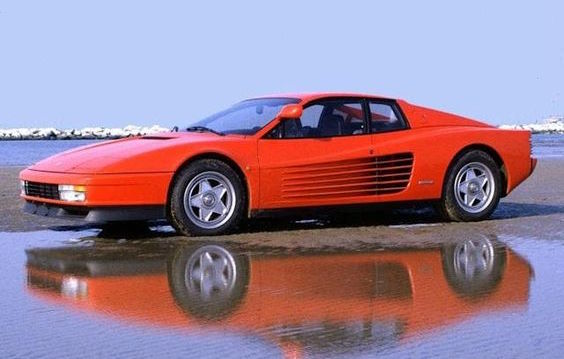
Television and Film
The Testarossa is perhaps best known for its role in the popular television series “Miami Vice.” Chosen for its striking appearance and performance, the car became a symbol of 1980s luxury and excess, further cementing its place in popular culture.
Video Games and Toys
Beyond television, the Testarossa has been featured in numerous video games and has been a popular model for toy manufacturers. Its iconic status has made it a favorite among collectors of die-cast models, and it continues to be a symbol of speed and style in digital racing simulations.
Marketing and Influence
The extensive media exposure helped the Testarossa reach a broader audience and contributed to its legendary status. It became more than a car; it was a cultural icon, representing the peak of automotive aspiration for many enthusiasts and collectors.
Production and Evolution

Variants and Updates
Throughout its production life, the Testarossa underwent several updates and revisions, leading to the creation of variants like the 512 TR and the F512 M, which featured numerous mechanical and aesthetic improvements over the original model. These variants offered more power and refined driving dynamics, catering to the evolving tastes of Ferrari’s clientele.
Sales and Production Numbers
Ferrari produced over 7,000 units of the Testarossa from 1984 until the end of its production in 1996. The car’s popularity was evident in its sales figures, which consistently outperformed many of its contemporaries.
End of Production
The discontinuation of the Testarossa in 1996 marked the end of an era for Ferrari. It was succeeded by the 550 Maranello, which marked a return to front-engined, V12-powered grand tourers for the Italian marque.
Legacy and Collectibility
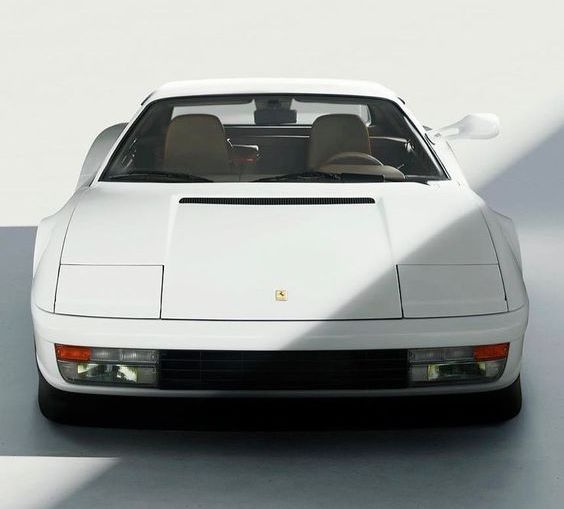
Influence on Later Models
The Testarossa’s influence on later Ferrari models is undeniable. It set new standards in terms of design and performance that influenced the development of future supercars. Its emphasis on a blend of performance and drivability shaped Ferrari’s approach to supercar manufacturing in subsequent years.
Market Today
Today, the Ferrari Testarossa remains highly sought after by collectors. Its value has appreciated over the years, thanks to its iconic status and limited production numbers. Owning a Testarossa is not just about owning a piece of Ferrari history, but also about owning a piece of automotive art.
Continued Enthusiasm
The Testarossa continues to be celebrated in car shows and Ferrari enthusiast events around the world. Its enduring appeal is a testament to its design and performance, which continue to resonate with both old and new generations of car enthusiasts.
The Ferrari Testarossa remains a quintessential example of Italian craftsmanship and automotive passion. Its legacy as one of the most recognizable and beloved cars in the world is secure, continuing to captivate and inspire.
